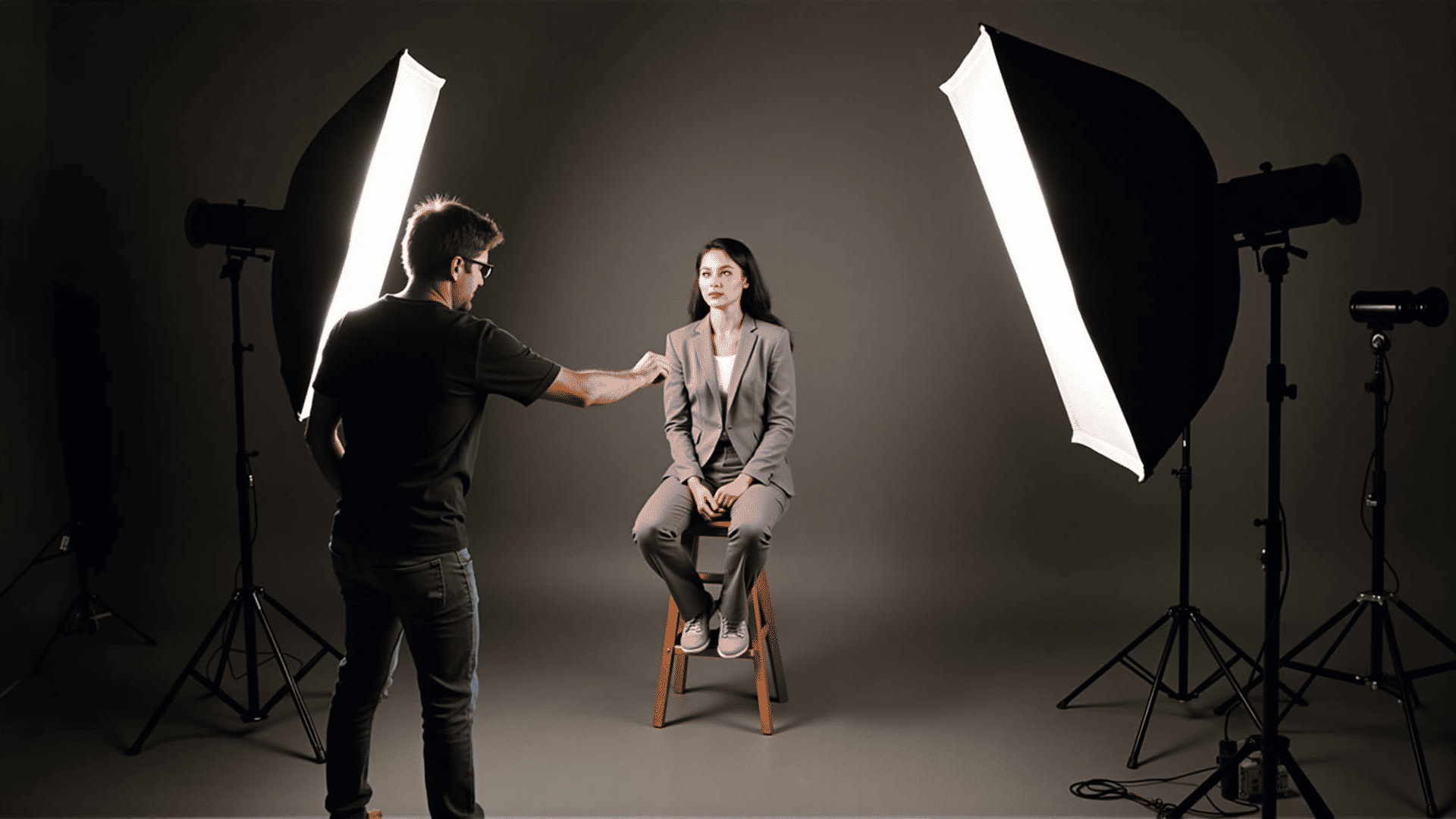Understanding how to manage light is a fundamental aspect of creating compelling images in photography. The interaction between light and subject plays a crucial role in determining the mood, atmosphere, and overall impact of a photograph. By mastering the different qualities and behaviors of light, photographers can elevate their work to an art form that not only captures moments but also evokes emotions and tells stories.
Natural light, the oldest and most available source, can be both an ally and a challenge. Its quality and direction change throughout the day and across seasons, offering varied opportunities for creative expression. The soft light during the golden hours of dawn and dusk is highly coveted for its warm tones and flattering softness. Conversely, the midday sun poses challenges with its harsh shadows and high contrast, yet artistic use of these elements can lead to striking high-impact images.
Understanding natural light requires a keen sense of observation and timing. Photographers often plan their sessions around weather conditions and the sun’s position to achieve the desired effect. Techniques such as utilizing diffusers or reflectors can help shape sunlight, providing more control over highlights and shadows, thus achieving balanced exposures.
Conversely, artfully controlled artificial sources open up a realm of possibilities independent of time or weather constraints. Light setups, such as continuous lighting and flashes, allow for precise manipulation of both intensity and angle. Learning to use these tools to create desired light patterns is an essential skill. By adjusting the light source's position—whether using side lighting to add depth or backlighting to produce silhouettes—photographers can introduce drama and dimension into their compositions.
Additionally, mastering the use of modifiers like softboxes, umbrellas, and grids can refine the light output to provide softer or more spotlighted effects tailored to the image being crafted. Through experimentation, photographers can discover personal styles that highlight their subjects in unique ways, whether capturing the subtle nuances of a portrait or the dynamic energy of a dance.
Beyond understanding the types of light, photographers need to be equipped to recognize and adapt to the characteristics of light: its intensity, color, and direction. Each component influences the visual narrative and emotional undertone of the photograph. For instance, cooler light tones can suggest a sense of calm or introspection, while warmer tones might evoke feelings of warmth and nostalgia.
In conclusion, the ability to master light in photography transcends technical skills; it involves an intuitive comprehension of how light interacts with objects and space. By harnessing both natural and crafted elements of lighting, photographers can create stunning images that not only capture the viewer’s eye but also resonate on a deeper emotional level. This journey of learning and mastering light is an exciting and fulfilling path that offers endless possibilities for creativity and expression in the world of photography.
